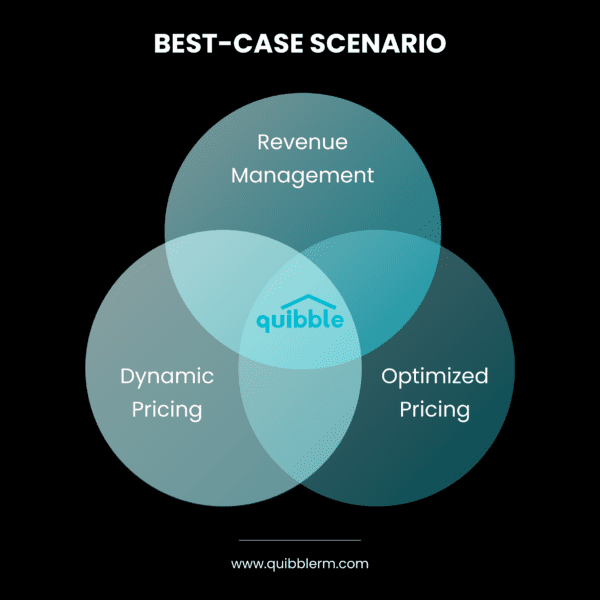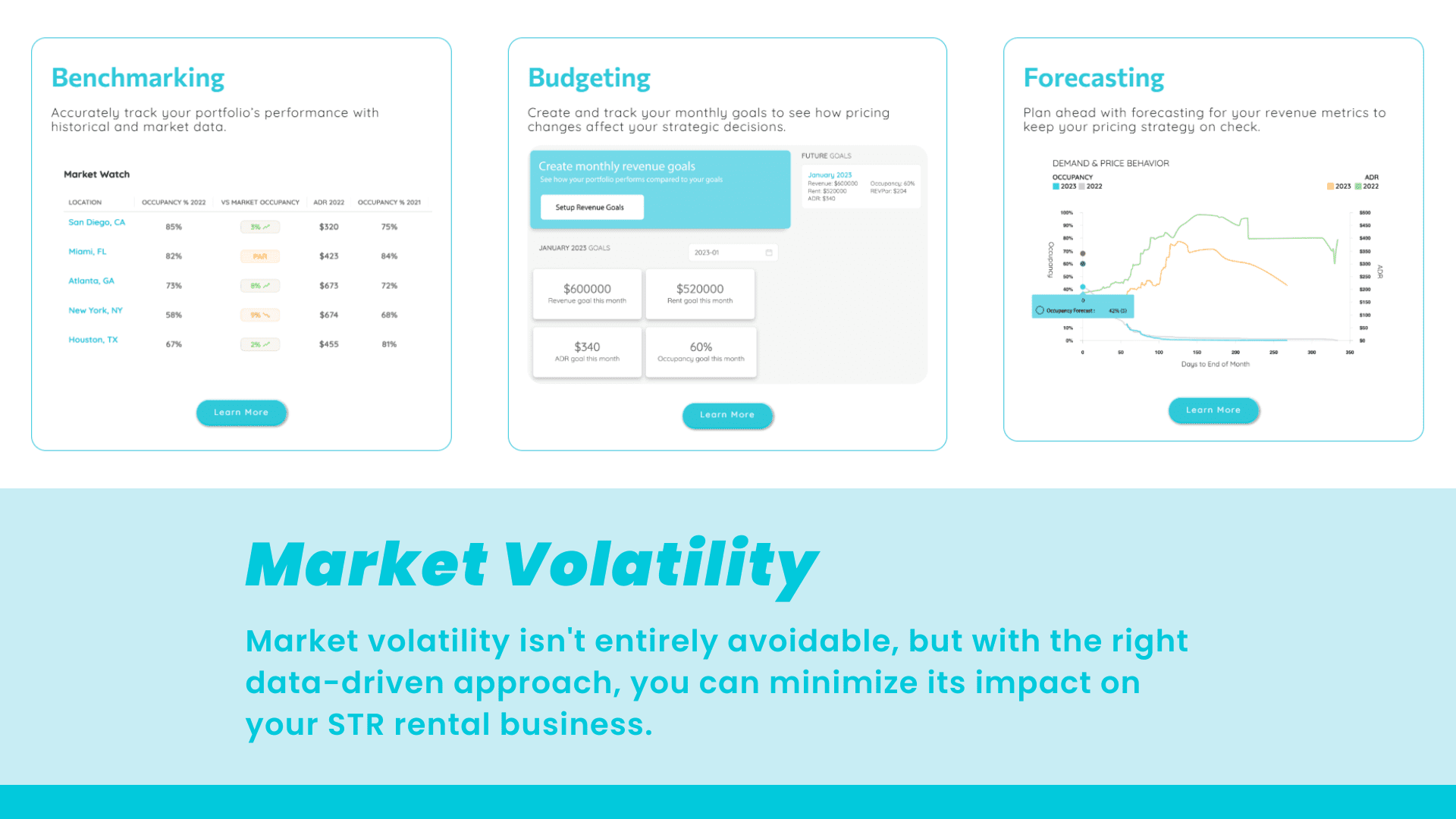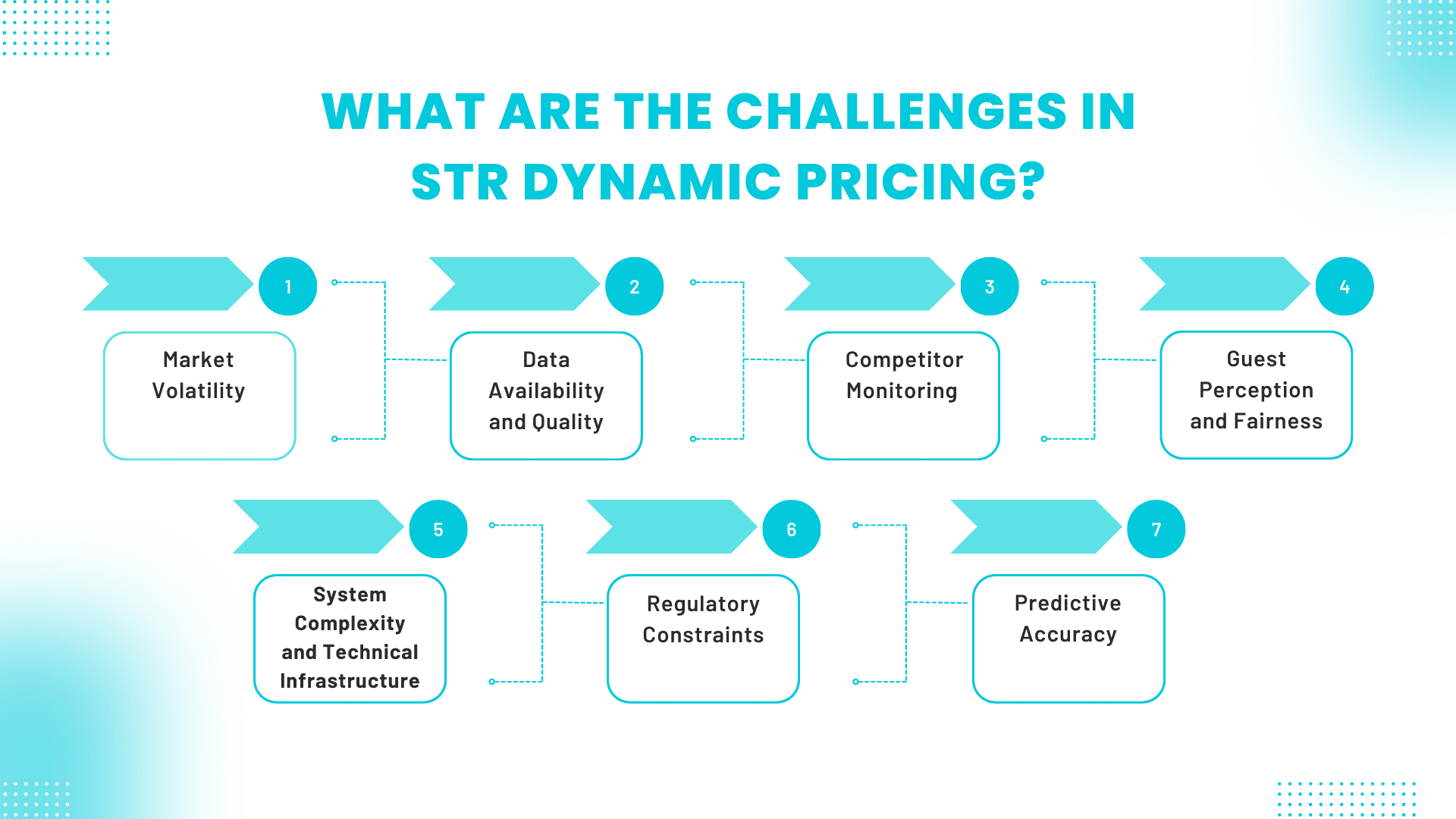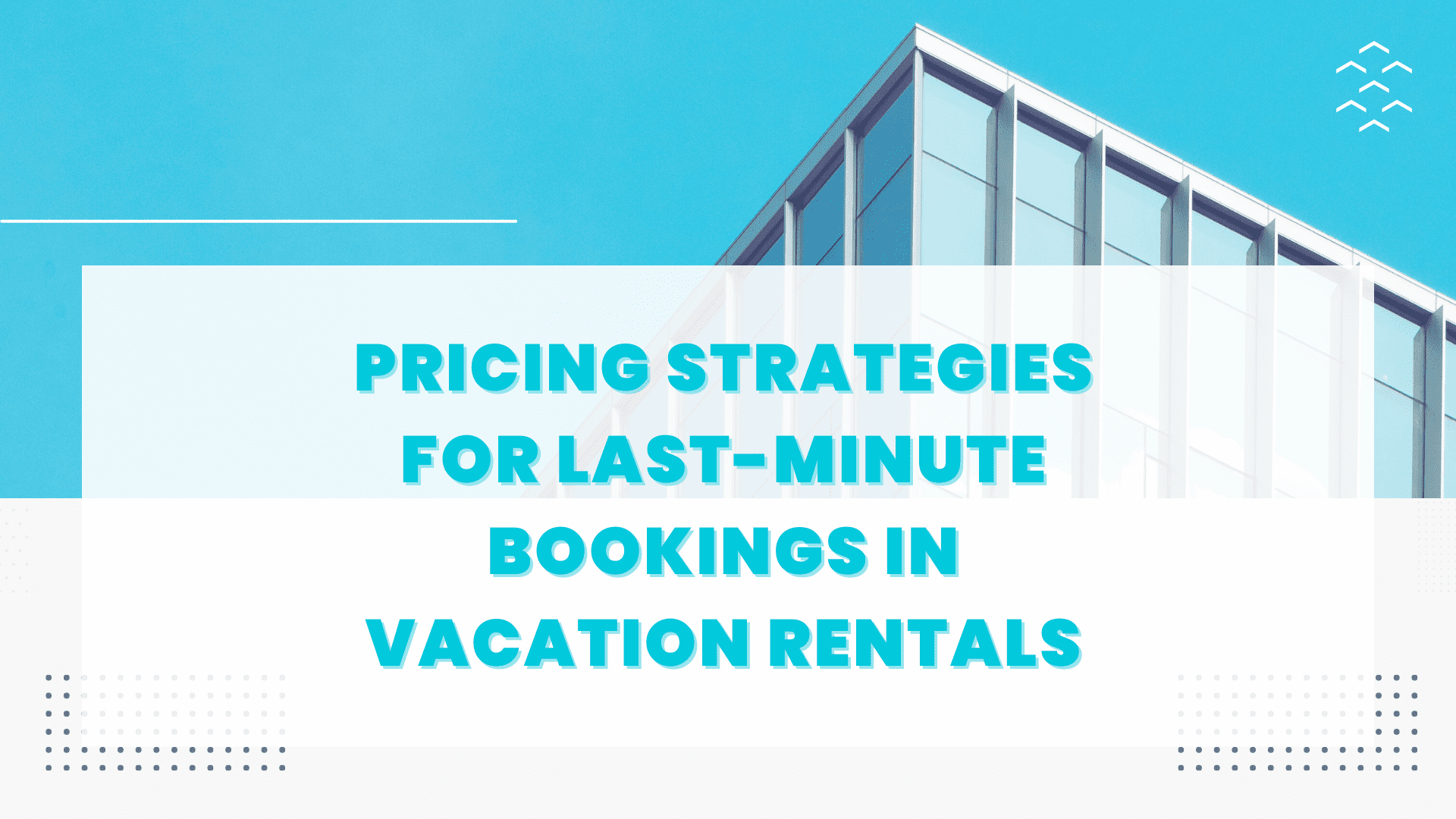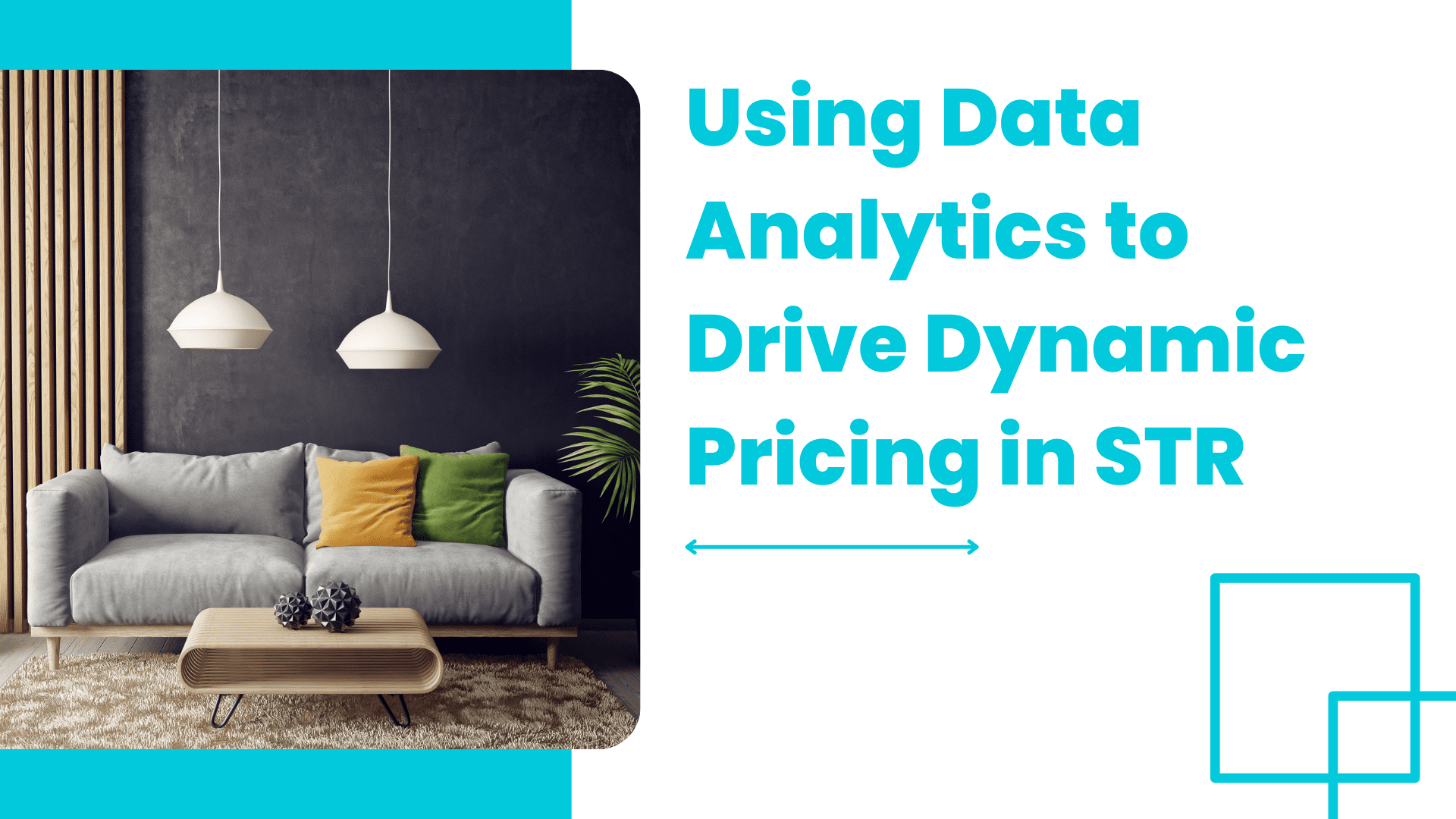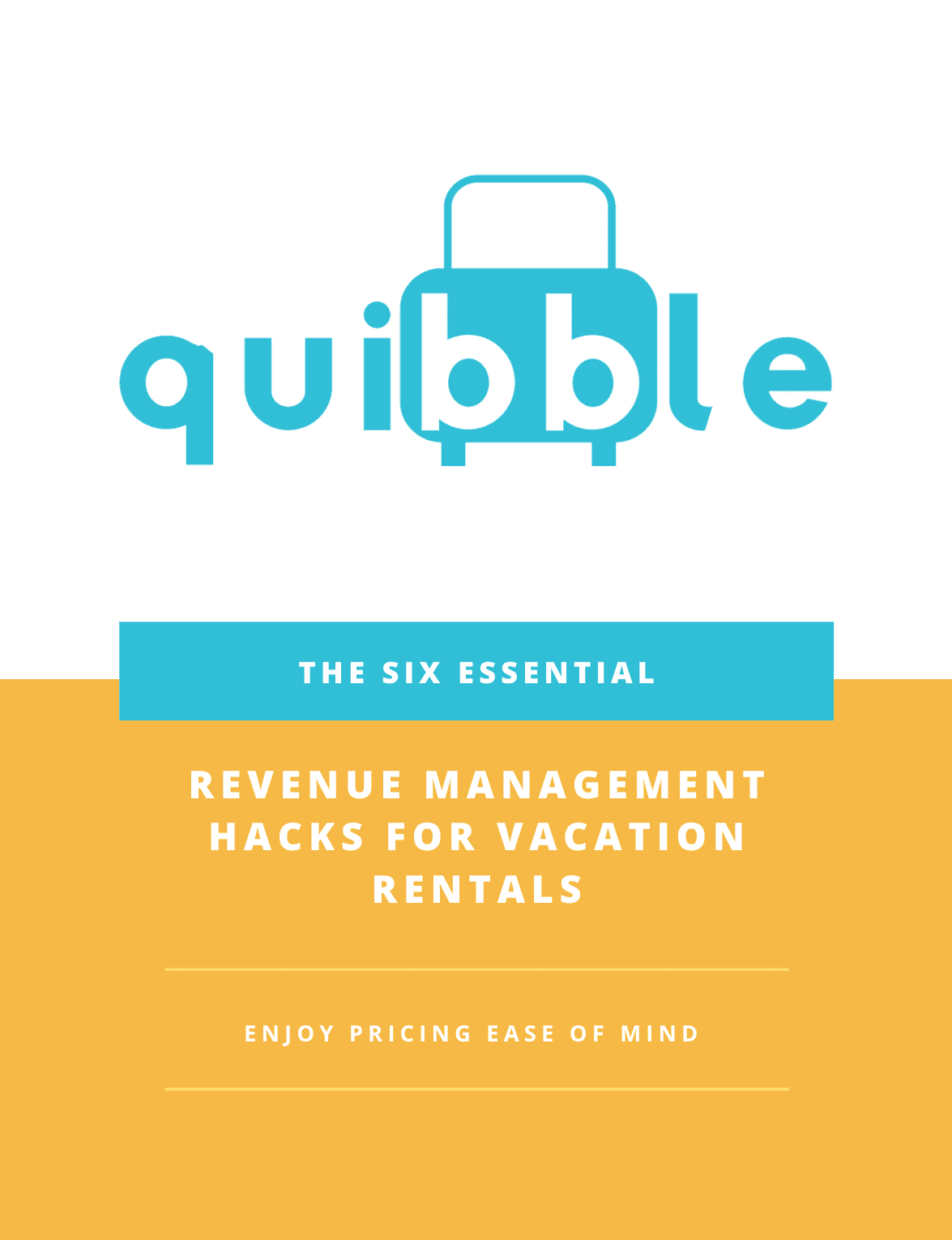What’s on this page:
Introduction
Sometimes, it seems there are a lot of names for the same thing. Revenue management, dynamic pricing, and price optimization, all seem to be the same thing under different titles. But, there are distinctions worth noting in each because they are not the same. If you are investing in products or solutions that control your price, it is worth knowing the difference.
History
The first time I heard the term “dynamic pricing” was probably in the mid-2010s when working as an analyst in airlines. Airlines have pretty good forecasting and optimization models, but extremely archaic reservations systems and global distribution systems. They also have models that rely almost entirely on historical data. These attributes make it so the forecasts don’t update frequently and the distribution channels can be stale with old data. So, when the airlines started to use the term “dynamic” the goal was largely to overcome these 2 issues.
This is my experience with the term, but when you look at Google Trends the term really gains popularity in mid-2022. I think the term is pretty popular in other industries now.
Other industries use dynamic pricing but use it to solve different problems. The STR market, for example, seems to use the term interchangeably with revenue management, and sometimes with price optimization. I think that is because the STR distribution models and pricing models don’t have the same issues as the airlines.
The term optimization is different, this is a specific type of pricing model and is not interchangeable with dynamic pricing. These concepts are all related because they both fall under the practice of revenue management. But “dynamic pricing” just refers to the frequency and “optimization” refers to the model used to update the prices.
Dynamic Pricing
The term dynamic refers to the frequency of change. So, when I think about what dynamic pricing means for any industry, I think of a price that is changing frequently. The term “frequent” is also subjective and can be different based on the industry. Although the pricing models in the airlines are pretty advanced, the way inventory and price are distributed makes them pretty static. In contrast to the STR market, where you can push pricing updates to almost any channel as frequently as you want and it will display pretty fast. So what the airlines consider frequent might be quite slow for the STR revenue manager.
A frequently changing price needs some reason or agent for change. So the fact that you have a price that changes often does not explain the model or rules that are making it change. Dynamic pricing does not explain what is happening behind the scenes causing the price to update, it just describes that the price does change frequently. If you use dynamic pricing, it probably means your price updates every night.
“Dynamic pricing does not explain what is happening behind the scenes causing the price to update, it just describes that the price does change frequently.”
Optimized Pricing
Just like there are 2 types of uses of the term AI (real AI and marketing AI), there are 2 uses of the term “optimization.” The first is “optimization” used colloquially or for marketing purposes. The second is mathematical optimization, which is a special process used to find the best option (price). In my opinion, when revenue managers talk about optimization, they should be talking about mathematical optimization. This is very often not the case, but it is what we should expect from revenue management practitioners. Mathematical optimization, when used in pricing, is a process that finds the revenue-maximizing price to sell at. If you are using an optimization model, you are describing HOW you are setting the price. Optimization models on their own do not have to be dynamic, that is based on frequency.
“Optimization models on their own do not have to be dynamic; that is based on frequency.”
Other Models
There are other ways to change prices without using mathematical optimization. There are complex rules engines and base price models that can update prices very frequently. So it is also possible to do Revenue Management and Dynamic Pricing, but not optimization.
Does changing prices increase your revenue?
If you change your price or a model changes your price, it is either moving towards a better price or further away from a better price. Changing the price frequently is only better if your change is towards a better price. For that reason, the pricing model is much more important than the frequency that it updates your price.
“Changing the price frequently is only better if your change is towards a better price.”
Dynamic and Optimized Pricing
The best case scenario is to use the practice of Revenue Management, by selecting a model that uses mathematical optimization, that is also updated Dynamically. There is only one software solution that can do all 3 of those for you, and that is Quibble.
💎 Conclusion
These concepts and terms are all related, but the differences between them do matter. Using an optimization model to set your rates is more important than updating your rates dynamically. When you invest in pricing software, I recommend you focus more on how the prices are set vs how frequently they change. If you have a really good pricing model it might not need to be as dynamic. To conclude here is a basic definition of each:
- Revenue Management – the practice of varying price to increase revenue
- Dynamic pricing – frequently changing price
- Optimization – a mathematical model that finds the optimal price
Join our newsletter
Dominate the short-term rental market with cutting-edge trends



